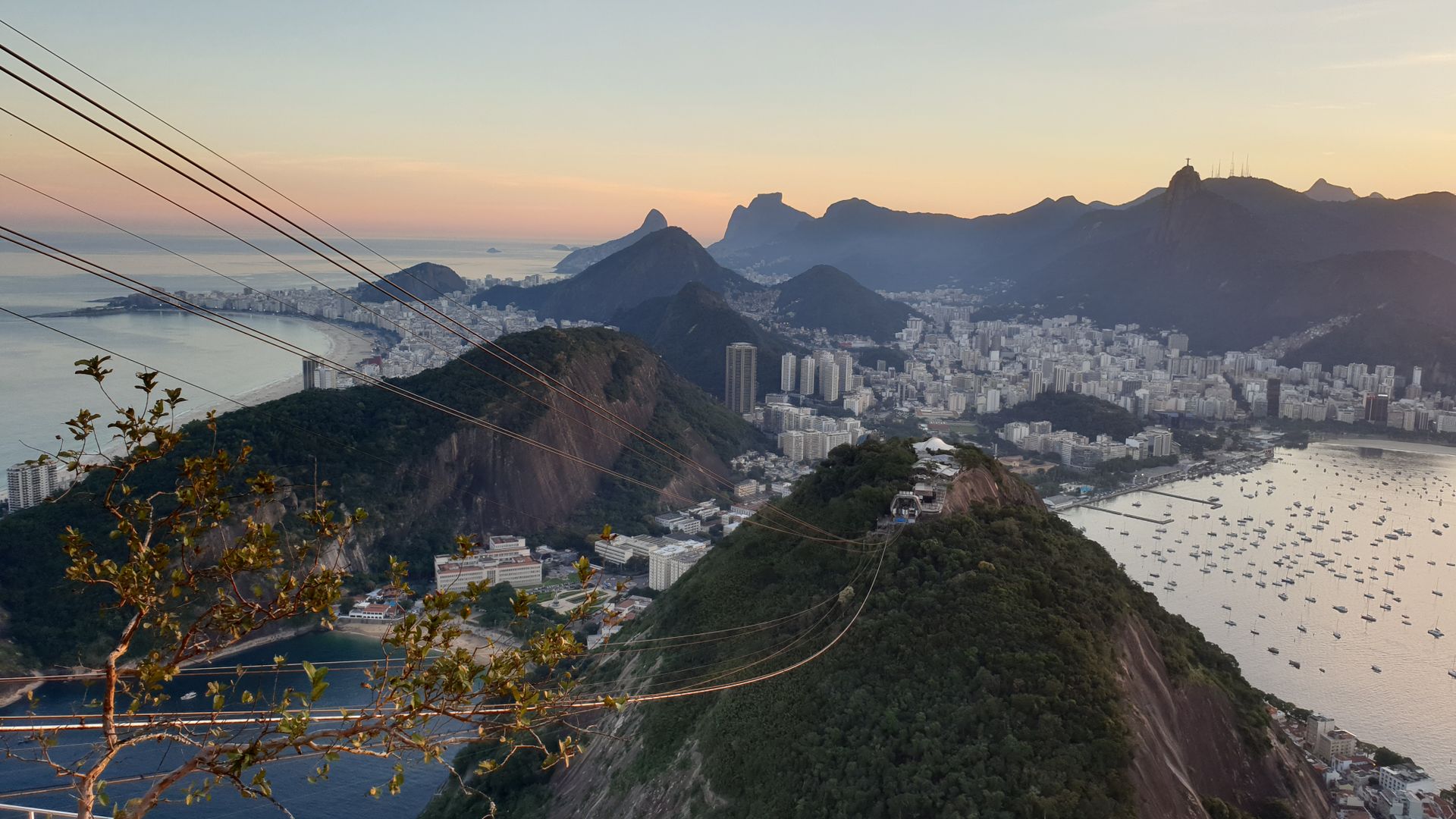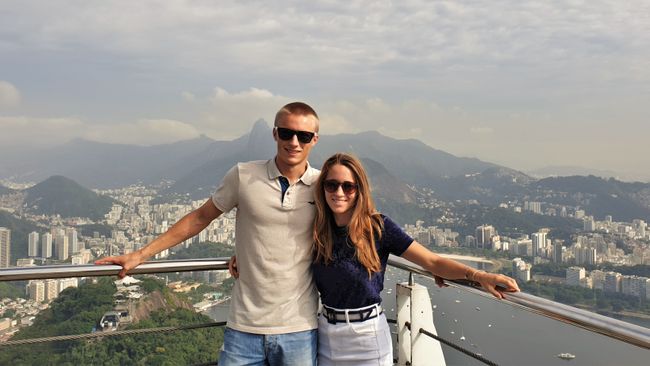El Salvador #1 - El Tunco & Santa Ana
ಪ್ರಕಟಿಸಲಾಗಿದೆ: 20.12.2019
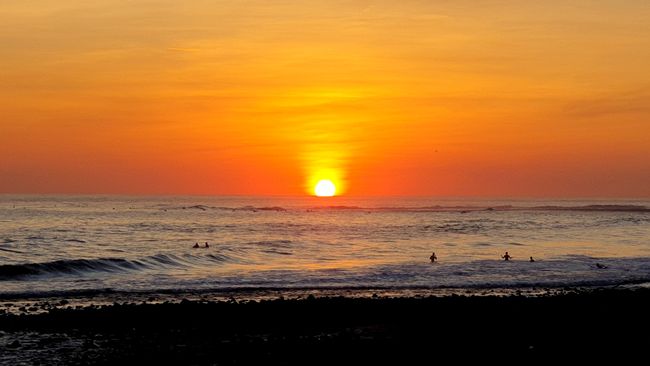
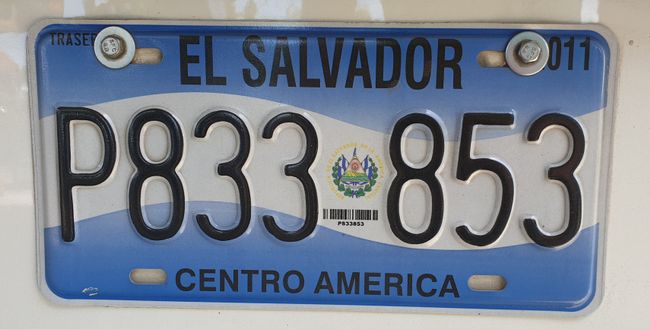
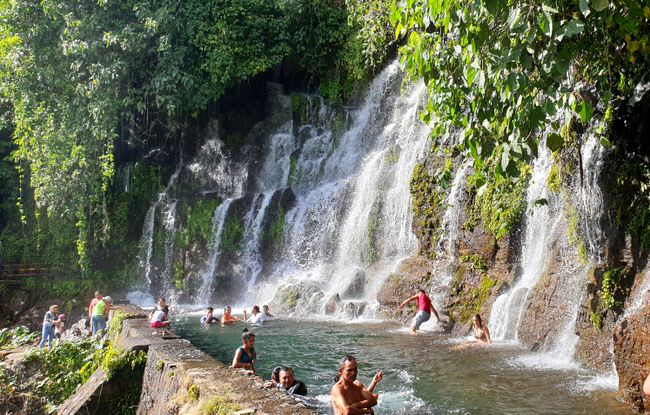
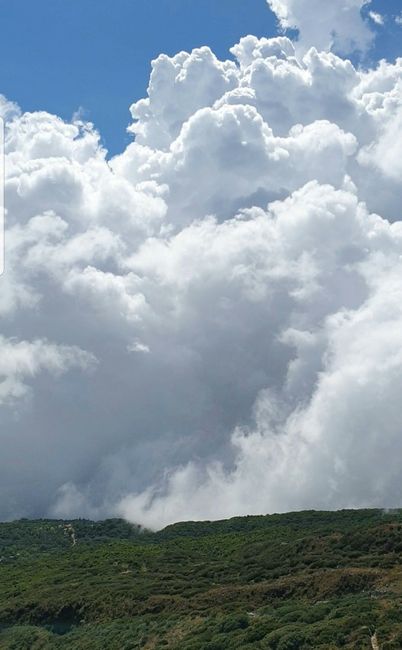
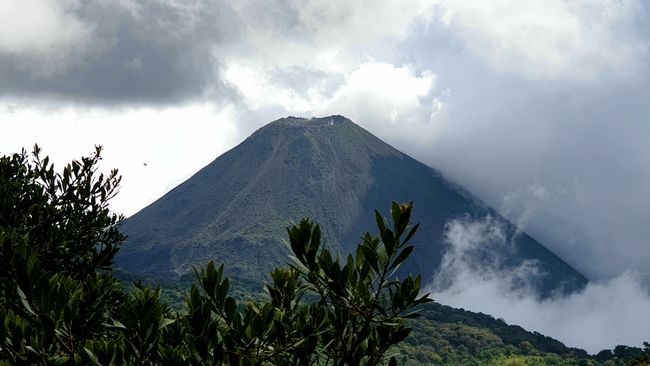
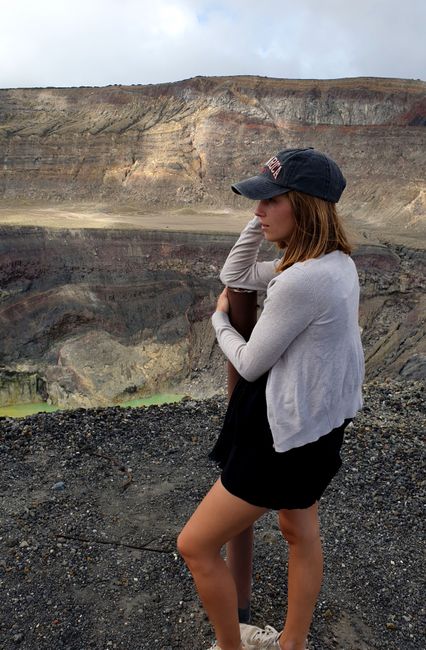
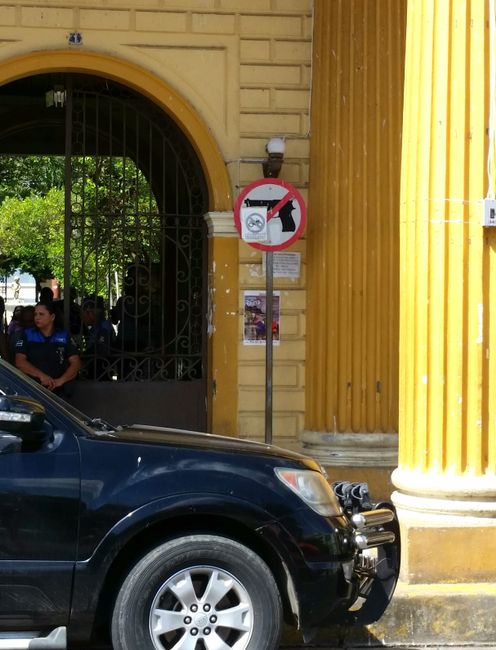
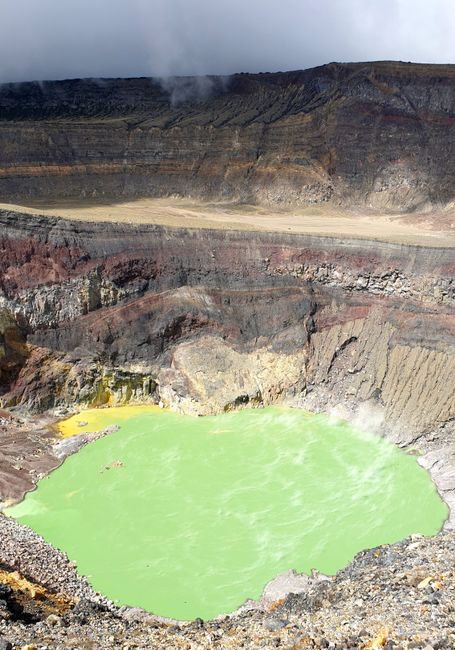
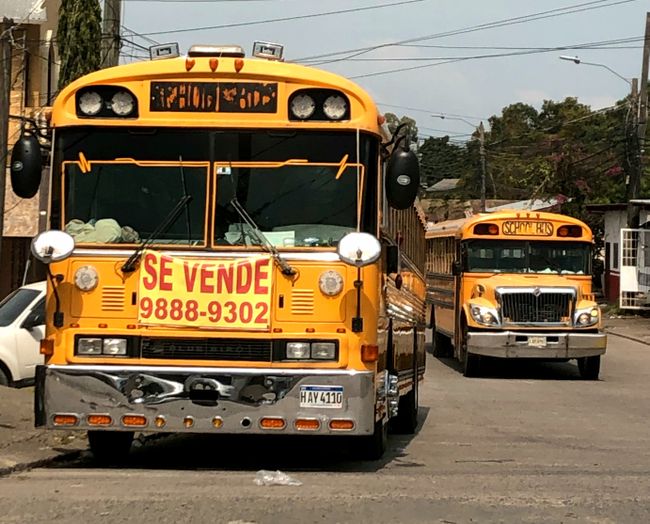
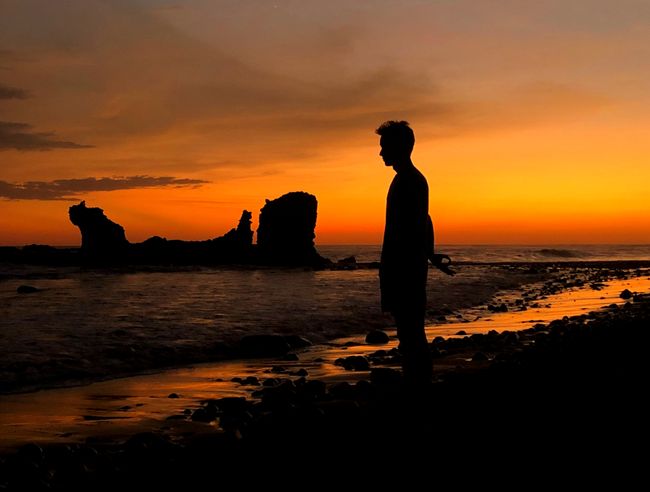
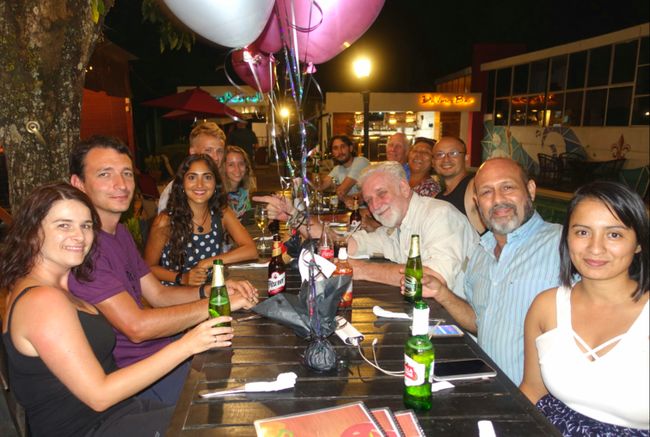
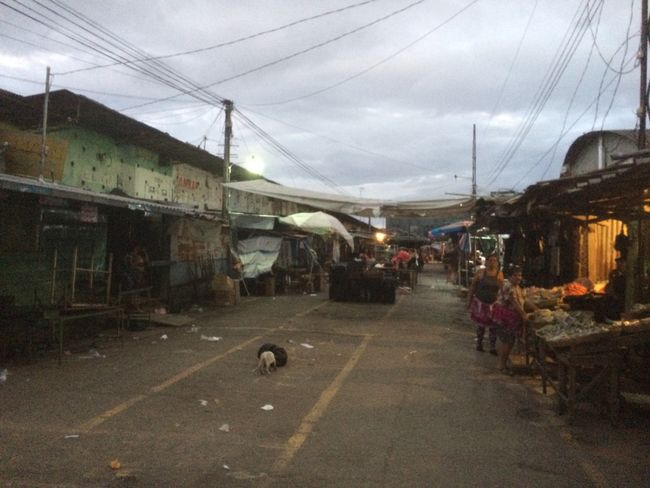
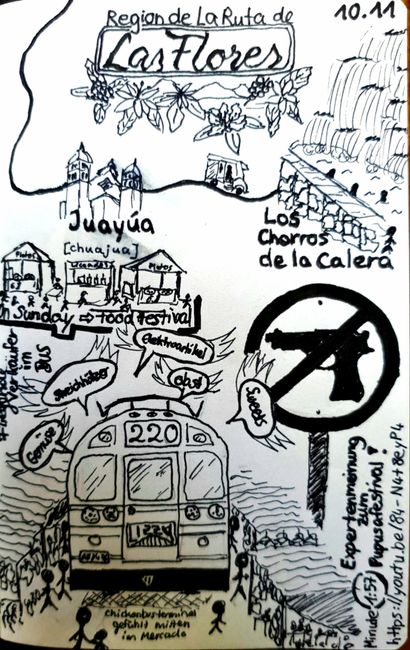
ಸುದ್ದಿಪತ್ರಕ್ಕೆ ಚಂದಾದಾರರಾಗಿ
# don't skip El Salvador

With this slogan, a small country neglected by tourism is trying to draw attention to itself. The bridge between the Americas is becoming an increasingly popular travel route, but El Salvador and Honduras are often overlooked. Most travelers skip these two countries, probably due to a combination of safety concerns and lack of information.
On one hand, when researching the situation in El Salvador on the internet, there are valid security concerns. The country ranks high in homicide statistics, and numbers don't lie. But more on that later.
On the other hand, in addition to the negative news, the country lacks positive reputation. Travel guides provide much better information and planning for allegedly more popular countries like Costa Rica or Mexico. Negative headlines spread much better than positive ones and overshadow them.
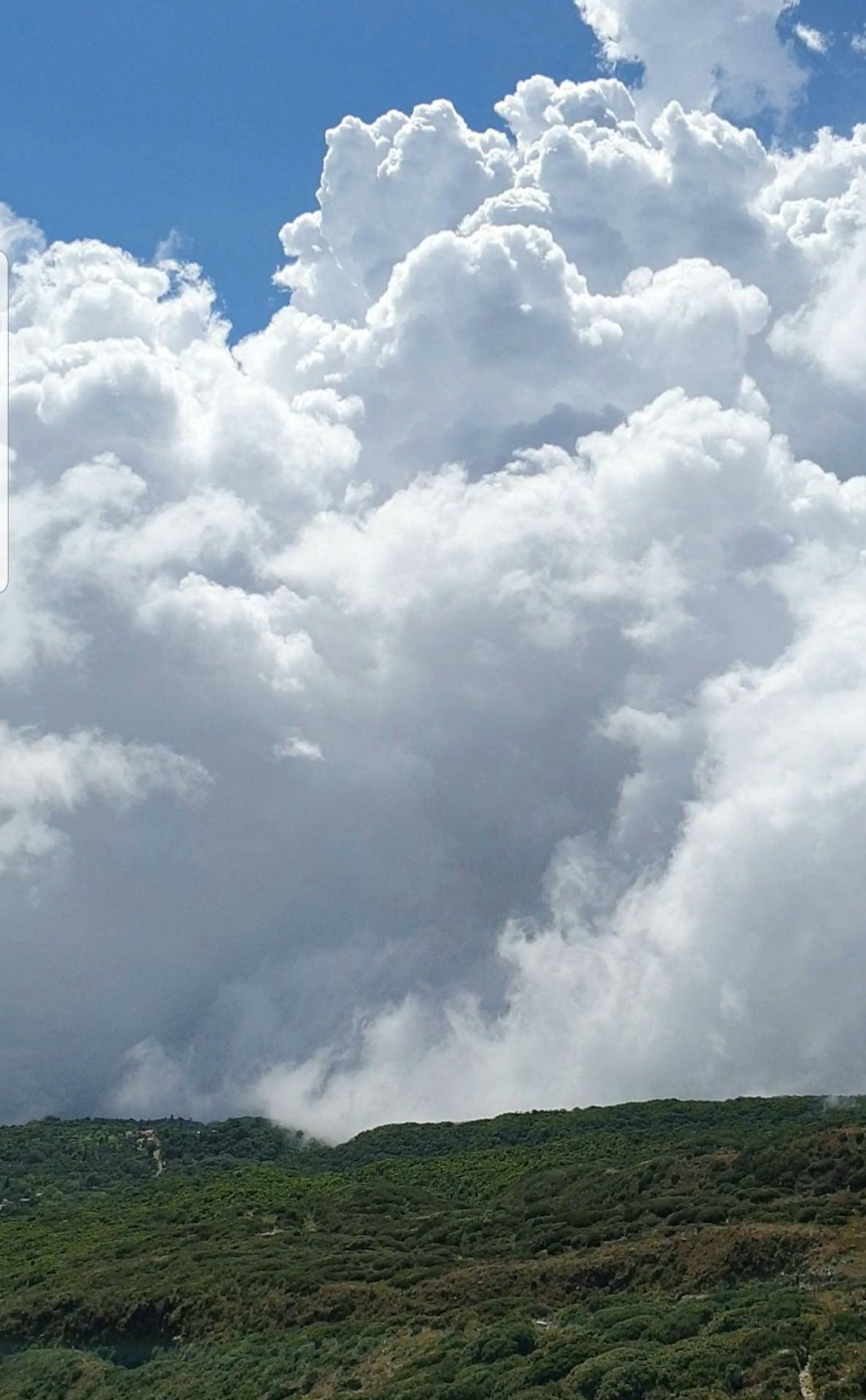
Admittedly, our original plan was not to enter El Salvador. However, since we have had no critical situations so far and it fit logistically, we decided to give the country a chance.
And one thing we can say in advance: Here in El Salvador, we have made the best acquaintances so far!
El Tunco
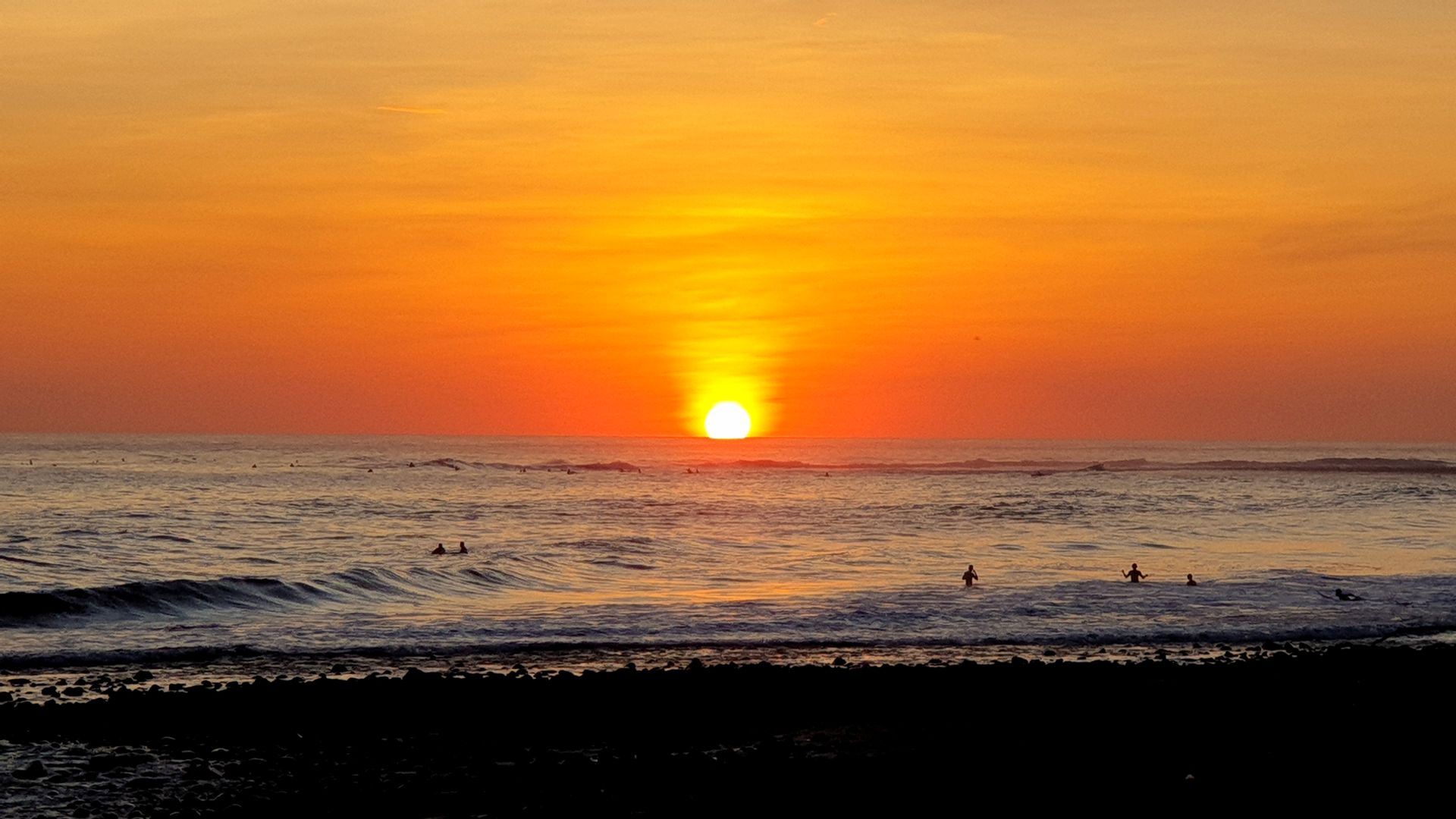
Indeed, the country appears more rustic at first glance than its neighbors. After traveling only on the Caribbean coast so far, we ended up here in El Tunco and the surrounding area, on the Pacific coast.
The sea is rougher, the coast is rockier, the waves are higher, and the beaches are often made of dark gray to black volcanic sand. The slightly rustic region definitely has a special charm and is considered a hidden gem for surfers. However, the beaches we visited were mainly rocky and not suitable for beginners due to the very strong waves.
Luis' Guesthouse
We traveled from the feared capital San Salvador to Santa Ana by public buses. Here, in the country's second largest city, tourism has not really taken hold yet. The twilight had already set in when we knocked on a facade that seemed anything but inviting at first glance. But what awaited us behind it was even better!
In addition to Luis, who hospitably welcomes travelers in his own home, we made numerous interesting acquaintances. Instead of the usual suspects who just tick off the attractions recommended by guidebooks, the people who have found their way to Luis' small guesthouse are travelers with a profound interest in the country and its people.
A retired US-American who has built a second life here and is an integral part of the guesthouse. Or a young British woman with Iranian roots who has been traveling the world for several years and has brought back exciting stories from the Himalayas and China. A funny Chilean, a friendly couple from Poland, or a Chinese traveler who is not hindered by lack of Spanish or English skills on his journey.

Cozy evenings with numerous stories created a very familiar environment within a few days.
Santa Ana
Otherwise, Santa Ana was the ideal place to get closer to the local culture or start day trips.

Climbing the volcano of the same name was one of our goals. After a pleasant hike, we passed through the clouds and got to see not only a beautiful panoramic view, but also the green, sulfuric crater lake. All in all, it was a successful day, although the bar remains high after Acatenango just two weeks ago.
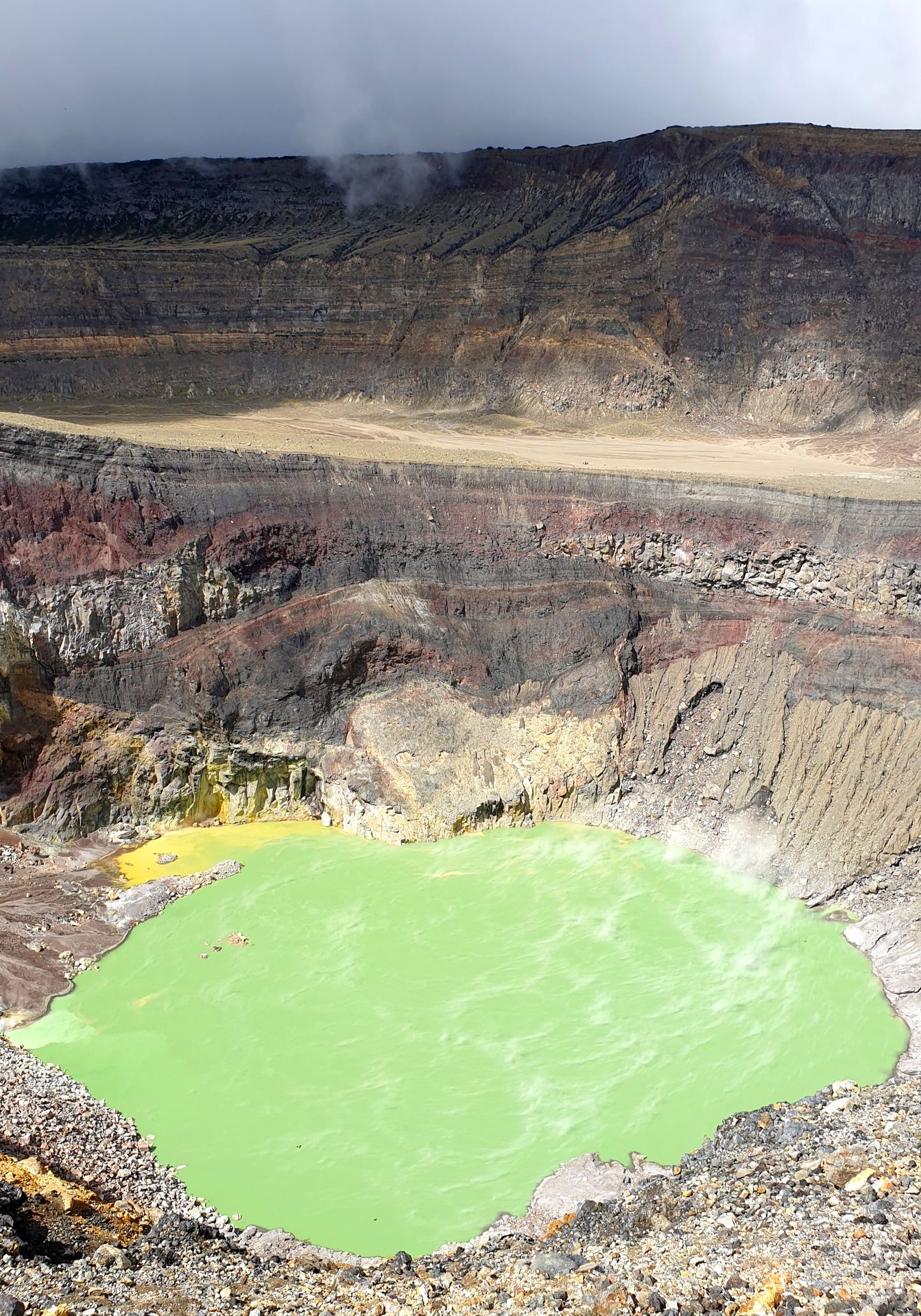
In honor of the national dish "Pupusas," the "Festival de las Pupusas" was organized here in Santa Ana for the first time. After tasting our way through the stands, we came across an enthusiastic Salvadoran who wanted to interview us for a YouTube video about the festival. Apparently, we did well enough not to end up as a laughing stock on the Latin American web.
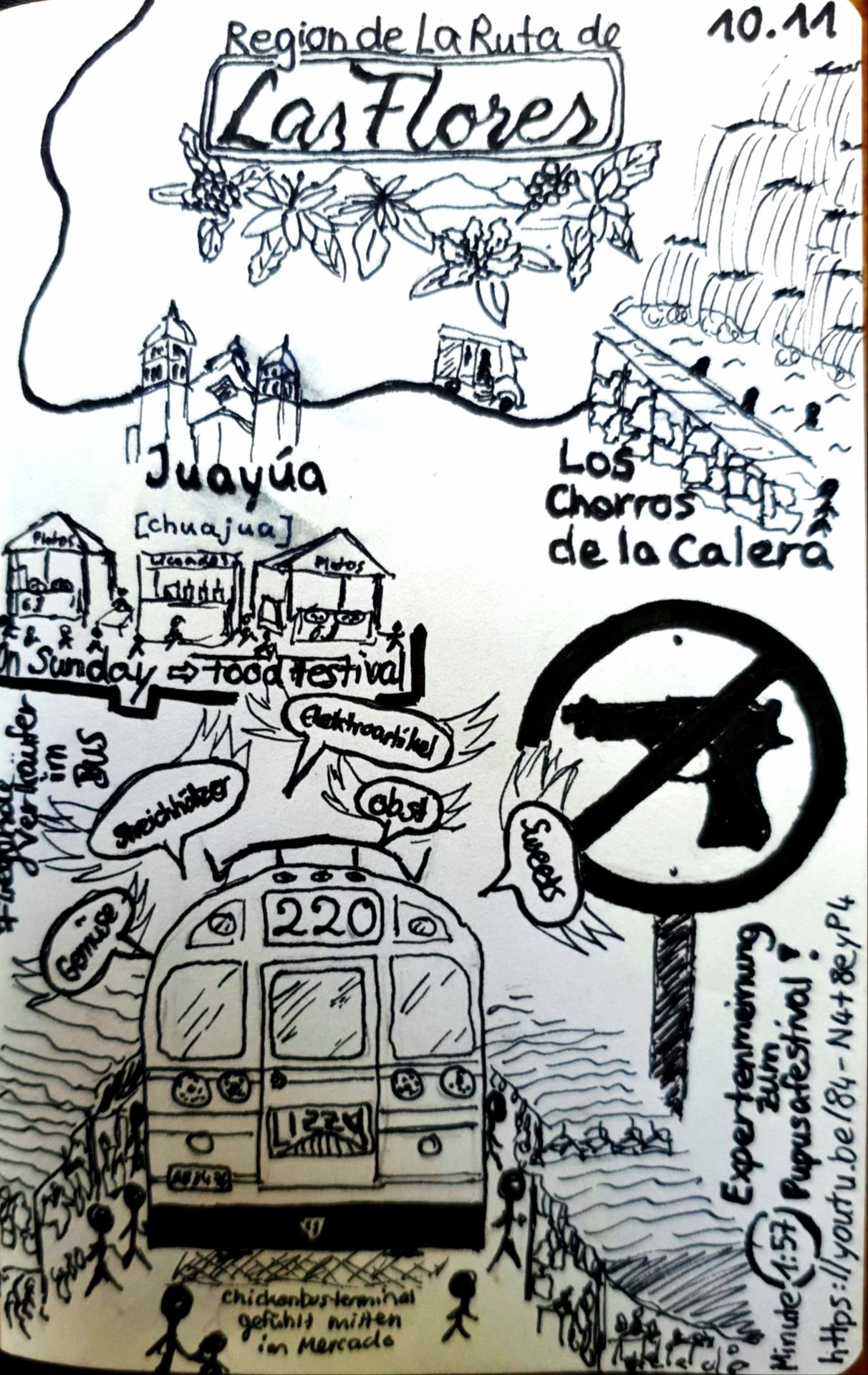
We spent another day in the surrounding villages, the "Ruta de los Flores." Our "Mythos Chicken Bus" added unexpectedly interesting encounters:

Flying vendors can be found everywhere in Central America. Here, however, the numerous vendors streaming into the bus at every stop had taken it to the extreme. In addition to the usual food, snacks, and drinks, they tried to sell us detergent, matches, plastic plates, or even headlamps... things you might need on an ordinary bus ride. Many took advantage of the opportunity to give extensive product presentations to the involuntary audience. The bus turned into a mobile bazaar.
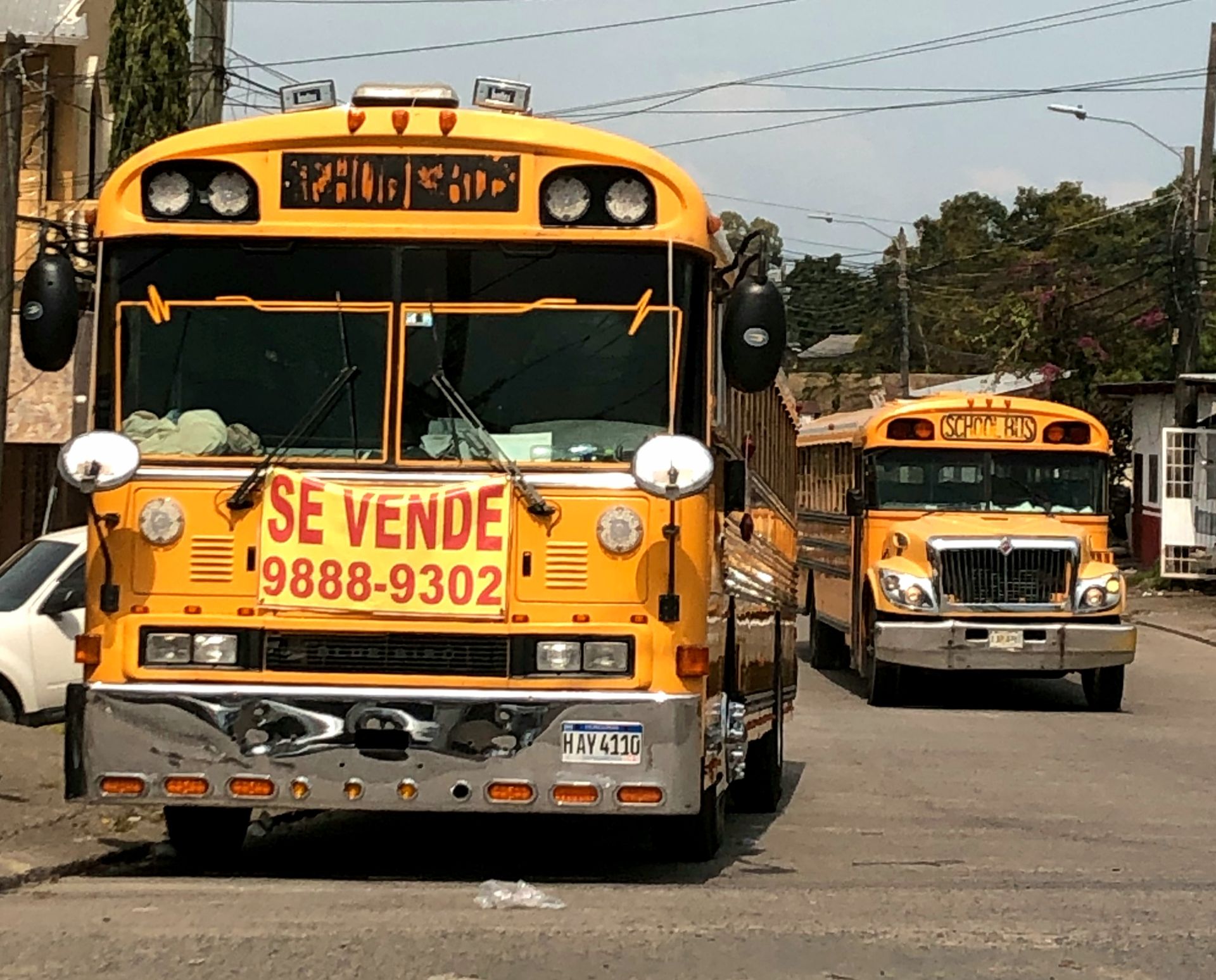
Safety
Without wanting to advertise El Salvador as safe, we have gained some interesting insights through our stay and conversations with locals.
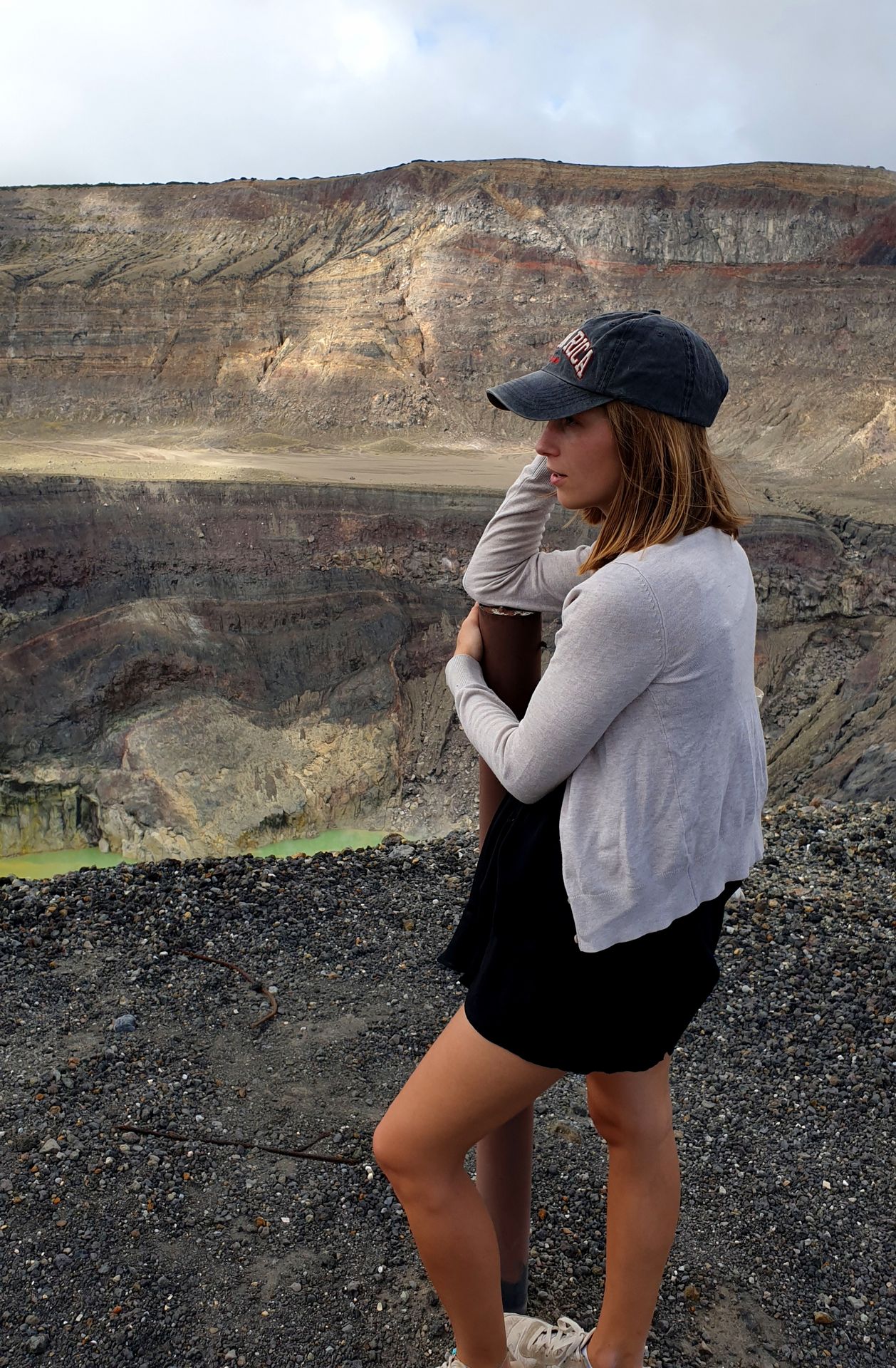
If you break down the horrendous murder rate by areas, it quickly becomes clear that while there are hotspots here, large parts of the country and especially tourist areas are no more dangerous than other Central American countries. Additionally, the gruesome statistics are mainly due to rival gangs. The most famous are the so-called "Maras," which were formed by Latino refugees in the USA. When they were deported en masse to their countries of origin in the 1990s, they were able to become one of the most dangerous gangs in the world due to weak political structures, poverty, and lack of police force. The rival gangs slaughter each other in their barrios, but they have no interest in harming tourists. However, if something happens to tourists, unintended international media attention is created, and diplomatic consequences cannot be ruled out. Therefore, as relatively affluent individuals, there is always a risk of being robbed or even attacked, but the gangs are not interested in taking tourists' lives.
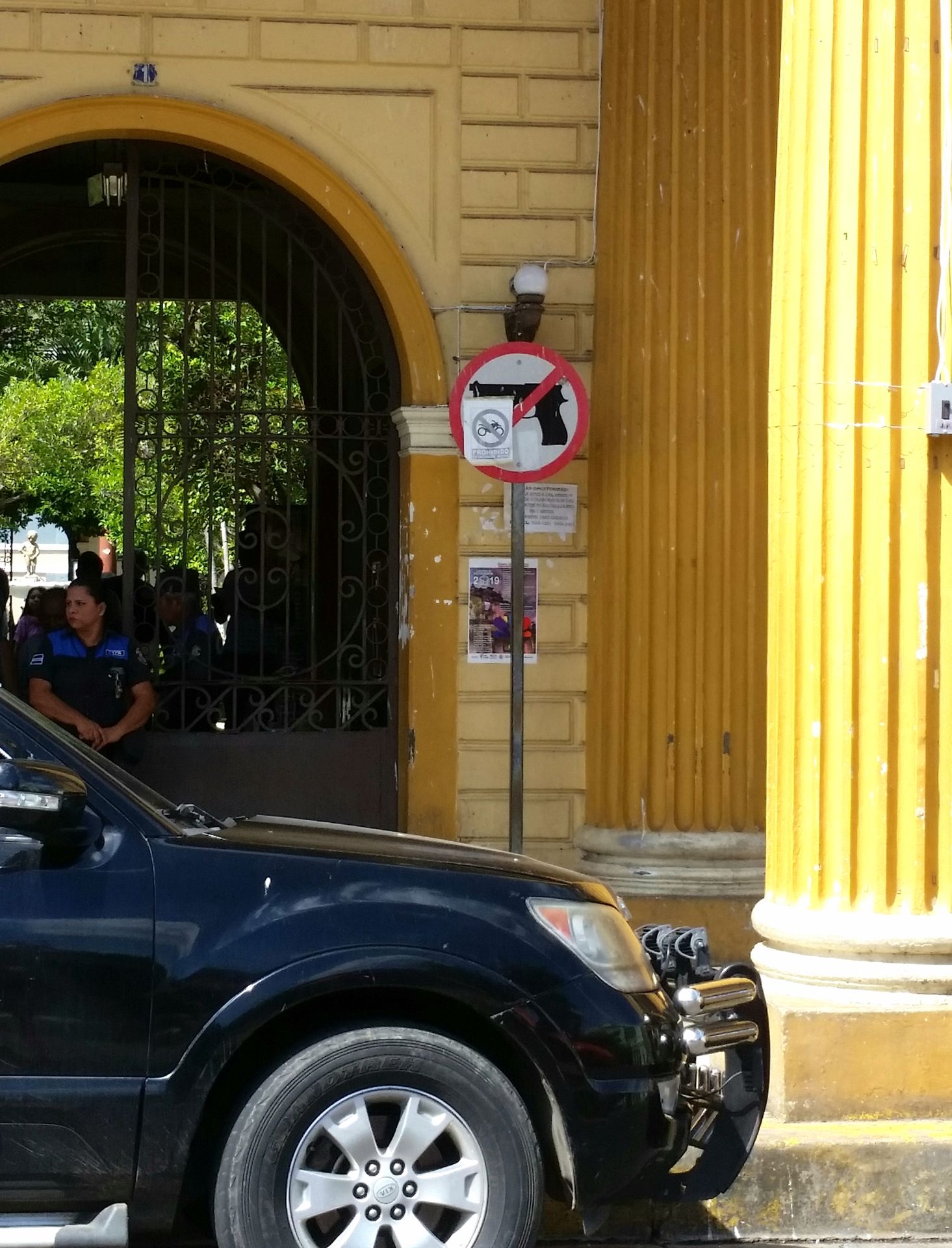
Therefore, the same principles that have guided us from the beginning apply here: be informed about hotspots, show respect to people, avoid dubious acquaintances, and stay out of unclear situations.
We were noticeably more tense, especially on public buses or in the streets after dusk. However, we have adopted some behavior patterns to minimize the risk of robbery as much as possible.
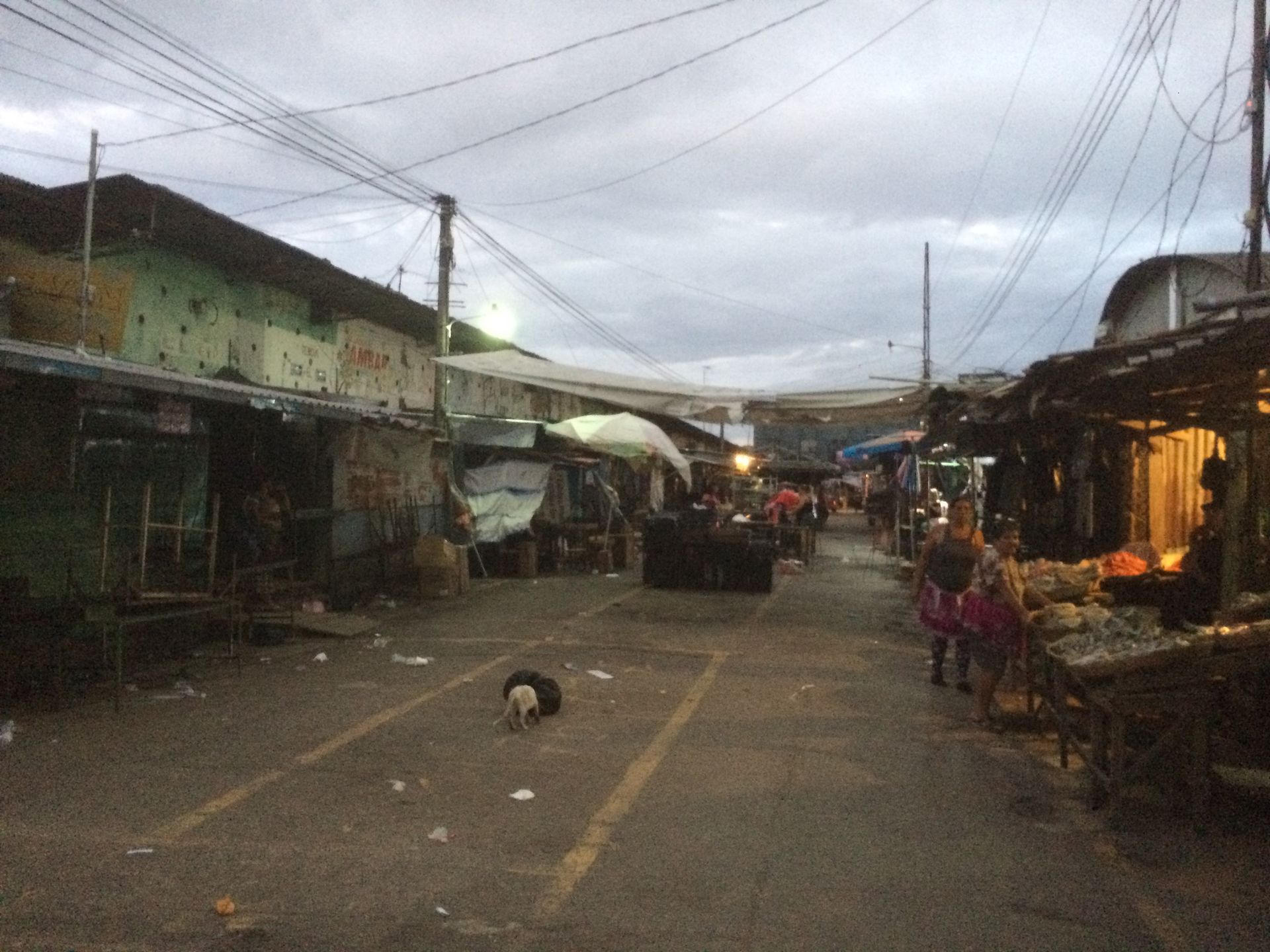
For example, we try to walk on sidewalks against the direction of traffic, so that cars and especially motorcycles approach us from the front instead of from behind, making it harder for them to follow us. When we notice that people have been walking behind us for some time, we like to stop to let them pass or quickly turn into a shop. On poorly lit or almost empty streets, we try to join other pedestrians. In buses, we sit near other people and avoid the back seats and seats near the entrances and exits. In addition to our current smartphone, each of us carries an old cell phone, which we use in public, for example, for maps and bus connections, and which we can easily give up in the event of a robbery. Furthermore, we always carry an old credit card from a canceled account in our wallets, which we can hand over in case of a robbery or if accommodations or rentals require a deposit. We always keep our current credit cards and larger amounts of money in special pouches under our clothes.
Fortunately, we have been spared from critical situations in El Salvador as well. We are aware that in addition to our own behavior, luck also plays a big role.
Many Americans have assured us that their fear of getting caught in crossfire or becoming victims of terrorism is much greater in the States.
Here, the locals have been very friendly and helpful to us, whether as hosts, at bus stops, or in public places. Clearly, the country is still at a very early stage in terms of tourism, but many people seem to have realized that they can benefit from individual tourism.
Conclusion El Salvador
All in all, we are very glad to have given El Salvador a week of our travel time. A country that still scares off many superficial travelers with its rustic charm and lack of reputation. In addition to affordable prices and good public transportation, the Pacific state has been characterized above all by friendly people and great acquaintances.

Hasta la próxima!
D&J
ಸುದ್ದಿಪತ್ರಕ್ಕೆ ಚಂದಾದಾರರಾಗಿ
ಉತ್ತರ (1)
Till
Mega gut👍 freu mich schon auf mehr!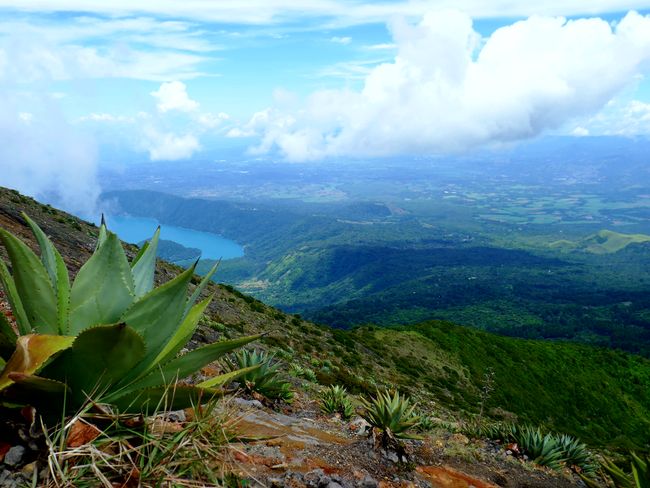
ಪ್ರಯಾಣ ವರದಿಗಳು ಎಲ್ ಸಾಲ್ವಡಾರ್
